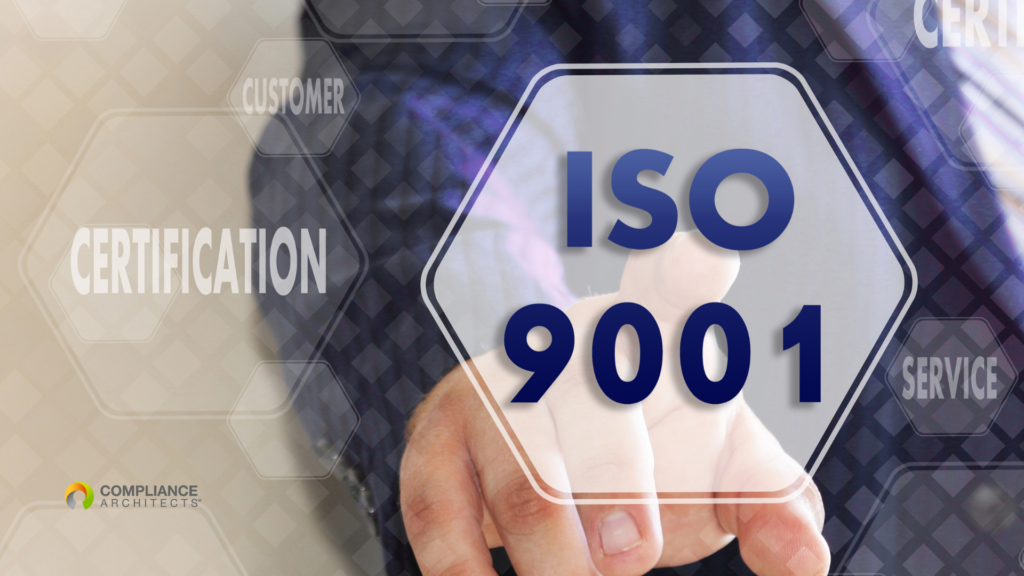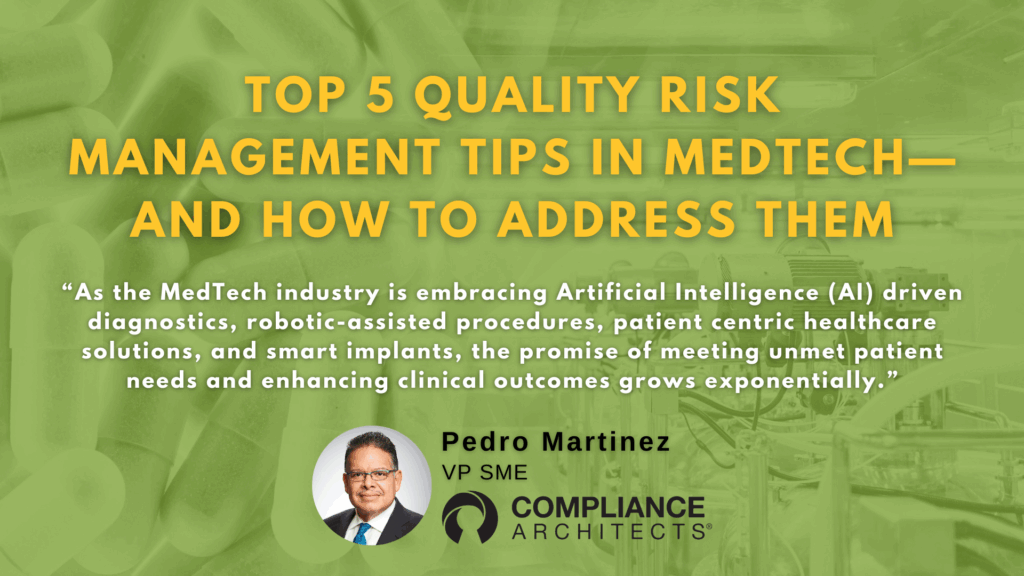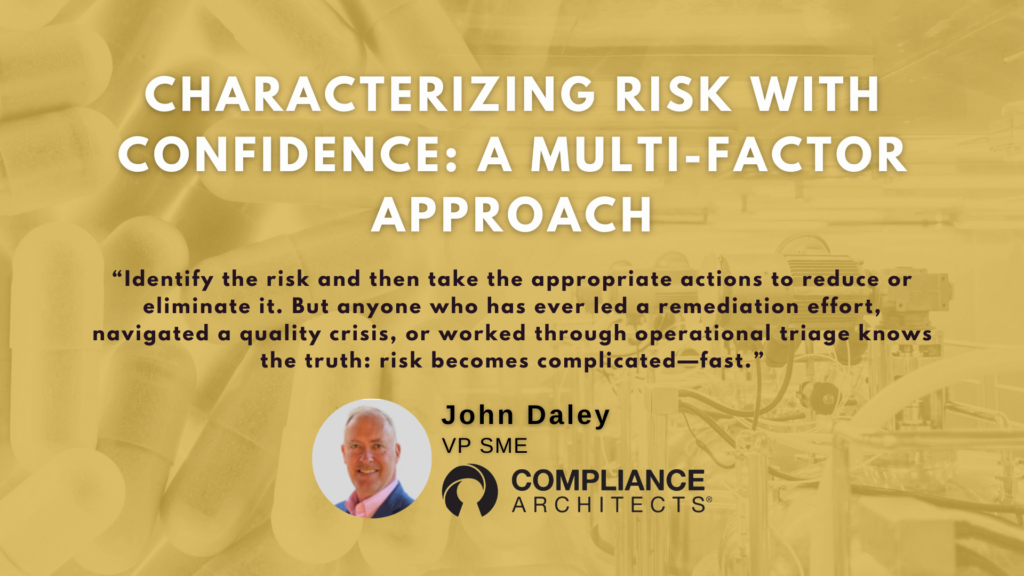From the Top: Key Differences in the QSR transition to QMSR
This is the second in a series of articles concerning the FDA’s proposal to transition 21 CFR 820 from the Quality System Regulation (QSR) into the Quality Management System Regulation (QMSR) by incorporating the ISO 13485:2016 standard by reference. To read the first article in this series, click here.
To truly understand the differences (and similarities) among the three, we need to consider how they were created and how they have evolved in the last 28 years. If you harken back to your early math classes, you will remember the transitive property.
The transitive property was often stated as “If A equals B, and B equals C, then A equals C”. This is relevant because with these three standards, what we have is more like “If A almost equals b, and B almost equals C, then “A almost equals C”.
This “almost equals” phenomenon is due to their respective histories (Transitioning to the Medical Device Quality Management System Regulation (QMSR)). The QSR, first published in Jan 1996, was crafted to mirror ISO 9001 very closely.
ISO 13485:1996, published in August 1996, was also foundationally built upon the then current version of ISO 9001 and was created to bolster the requirements of ISO 9001 to make it suitable for the medical device industry. The QMSR is now intended to help harmonize the requirements of the QSR and ISO 13485:2016. Note that, since the QSR was issued, ISO 13485 has undergone two revisions.

Just as in nature, given enough time, even those organisms sharing a common ancestor (in this case, ISO 9001) will develop unique traits. So, let’s talk about a few of those key traits. Specifically, differences in form and definitions.
Table of Contents
Differences in Form
The first thing to be aware of is that the new QMSR is radically different in form from the QSR. Key differences here include:
- Going from 15 sub-parts in the QSR (A-O) to just two (A&B) in the QMSR
- Shifting of the sub-section numbering from QSR to QMSR.
- The QSR makes no direct mention of 13485 (it didn’t exist yet) while the QMSR incorporates it by reference
The result of these formatting changes is that there is no straight path to compare the requirements across the documents. To get meaningful comparisons, you need to have all three in front of you and map them back and forth. Once you’ve done that, you can begin to determine similarities and differences in substance.
Definitional Differences
In section 3 “Terms and Definitions,” ISO 13485:2016 has 19 entries, in section 820.3 “definitions” QSR lists 30 items, while the QMSR both incorporates section 3 of ISO 13485:2016 and lists 10 additional terms that are either not in 13485:2016 or modify terms contained there.
Additionally, and quite crucially, the QMSR makes it clear that in the case of any differences between it and ISO 13485:2016, the definitions established in the Food, Drug, and Cosmetic Act, (FD&C Act) will prevail.
What all this means is that, like with the sectional differences above, you will need to have all three sets of documents in front of you to make sure you understand all the definitional changes, additions, or nuances.
The Bottom Line with the QSR Transition to QMSR
Given the magnitude of the changes the QSR transition to QMSR is bringing to both form and definitional content, your company will need to significantly overhaul its current documents. You will need to both remap requirements to the new subsections of the QMSR and incorporate new definitions wherever appropriate. The changes from this QSR transition to QMSR will start at the top with both your quality policy and quality manual and will cascade down from there.
In order to be able to support audits, you’ll need to have all of these transitions mapped out ahead of time so you can produce the right documents quickly and will also need to know the legacy documents that were in effect in the past so you can support prior actions taken.
Why Compliance Architects?
Because we have done the hardest part of the work already.
Using the tools of modern databases and project planning, we have mapped out the differences among the three regulations and figured out where the gaps are. In fact, just with the QSR and ISO 13485, our tool had identified a minimum of 132 pairs of requirements that need alignment and created roadmaps for each of them.
We can then use these roadmaps to streamline your internal assessment of compliance and help create a risk-based plan to close the gaps that will not only shorten your time to compliance but also strengthen your overall compliance posture along the way.
Contact Us
To learn more about the QSR transition to QMSR, contact us by filling out the form below.





